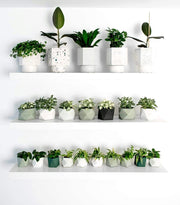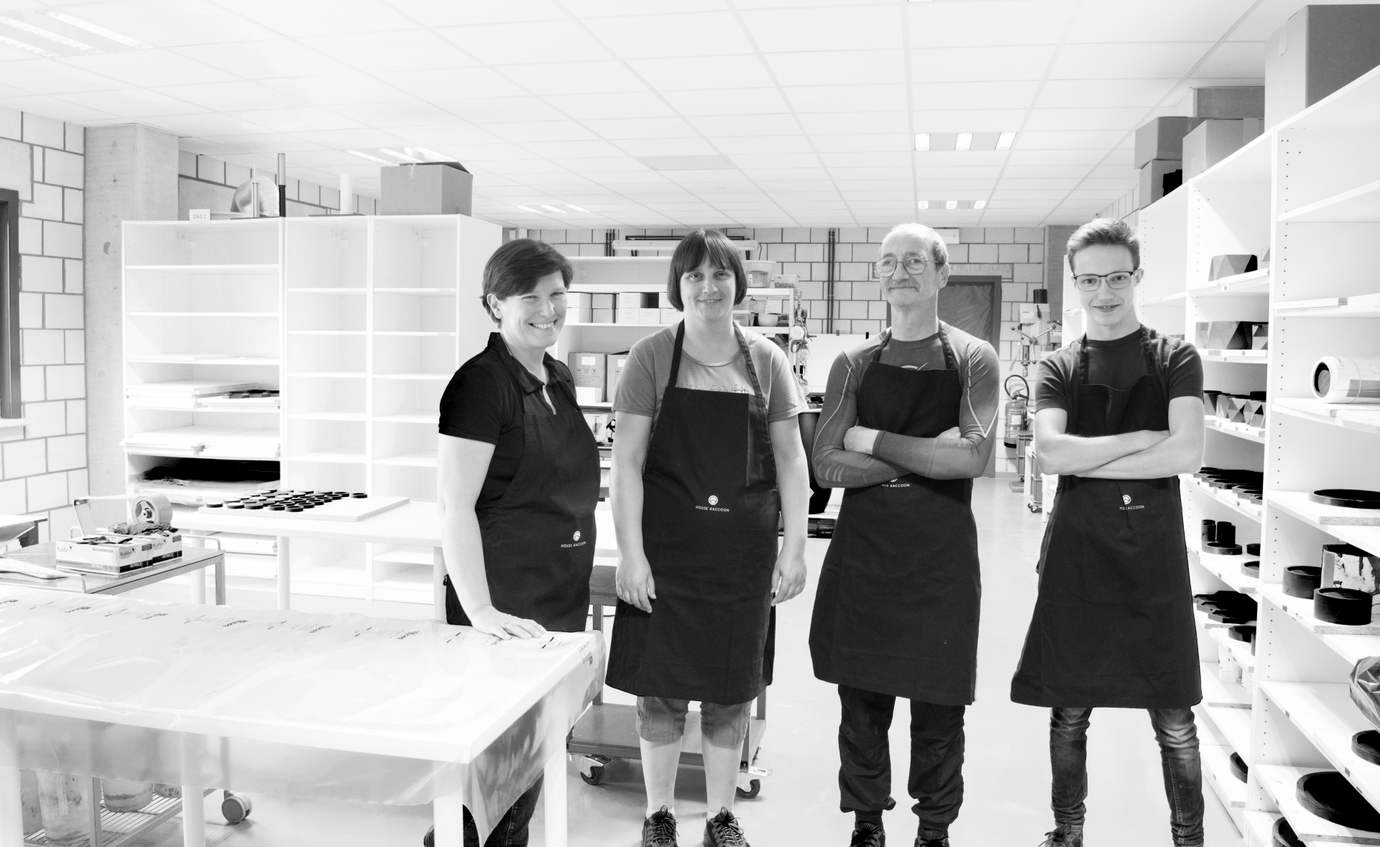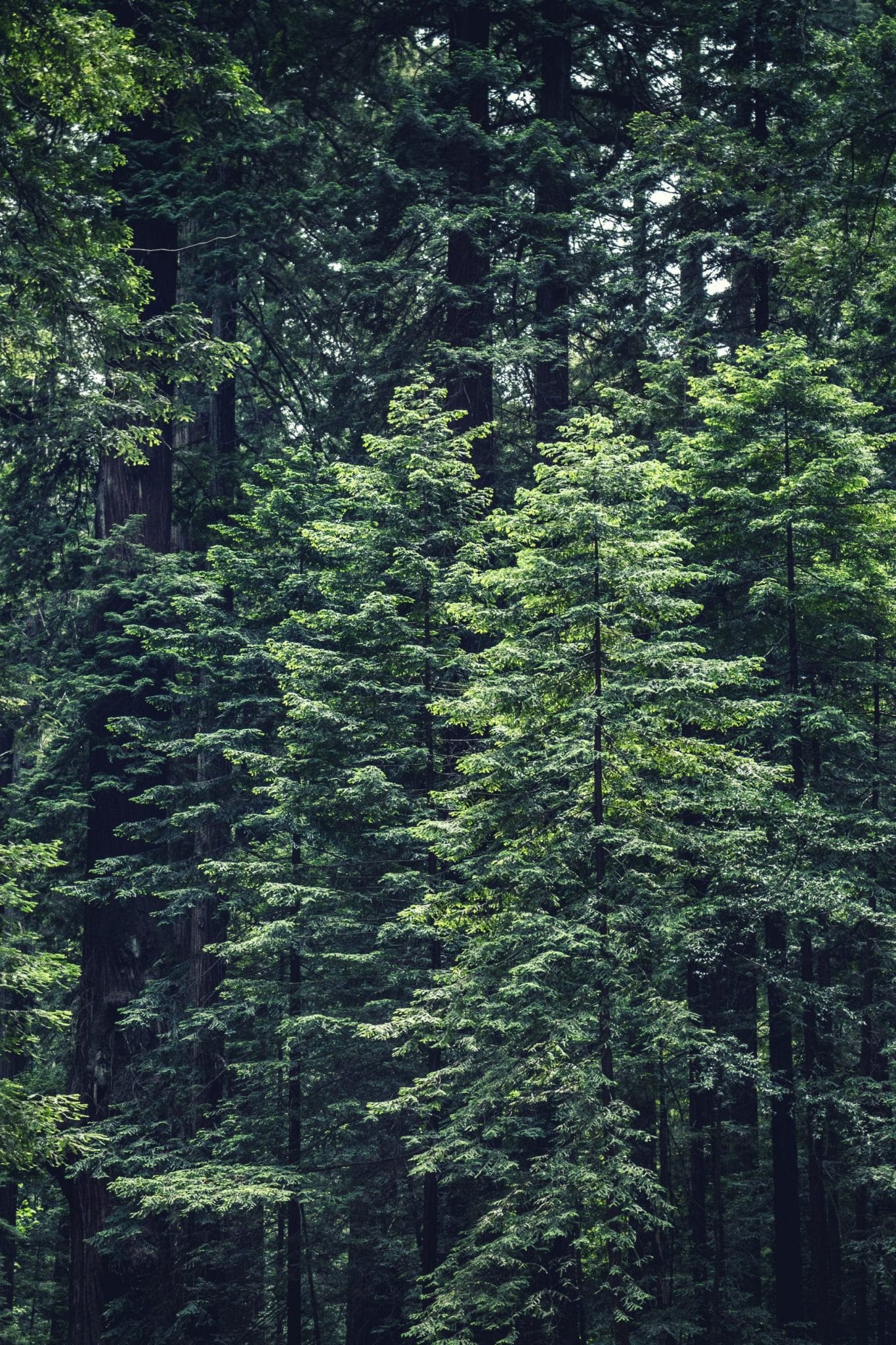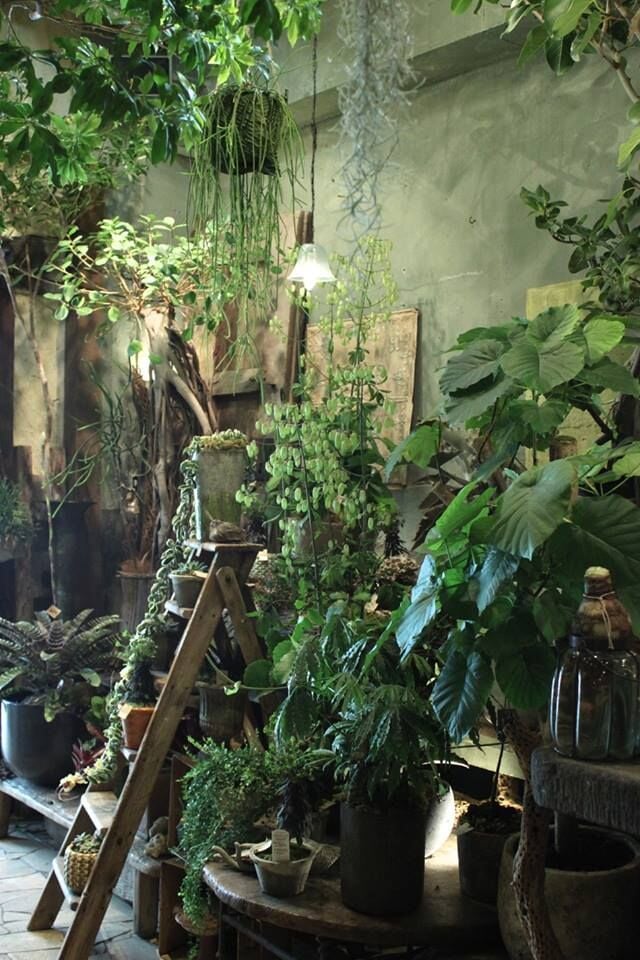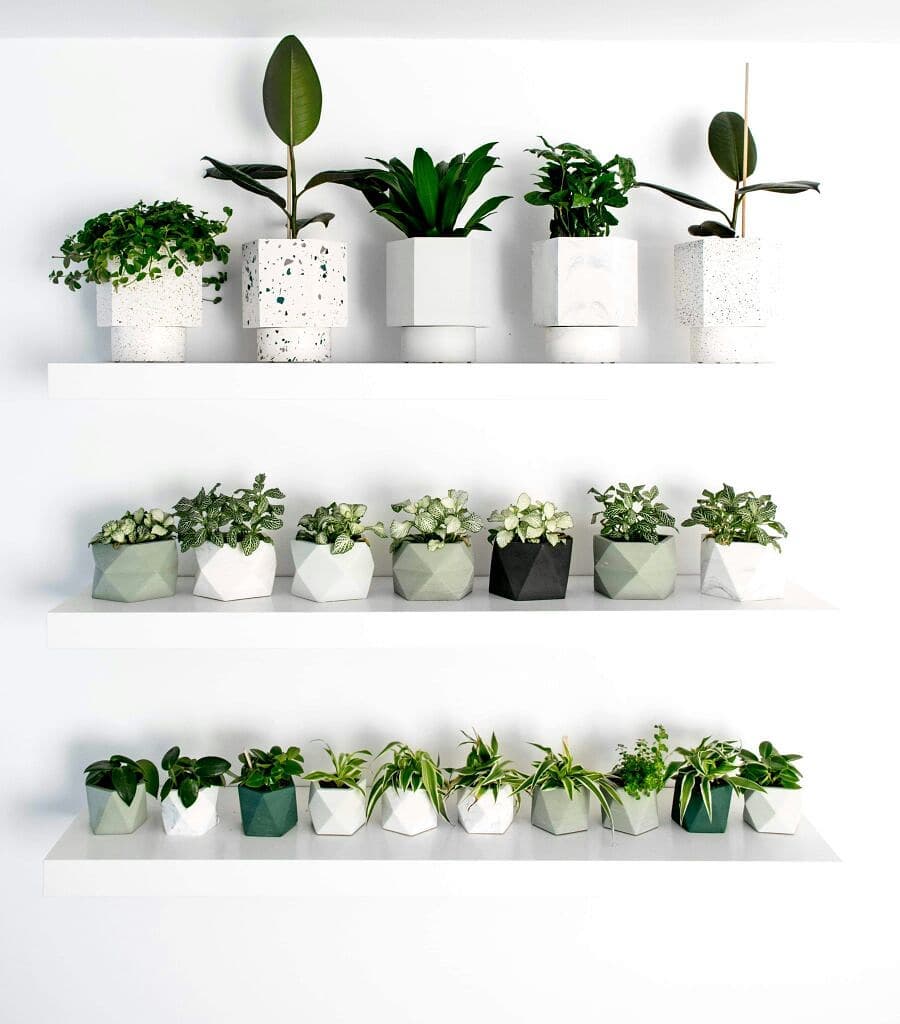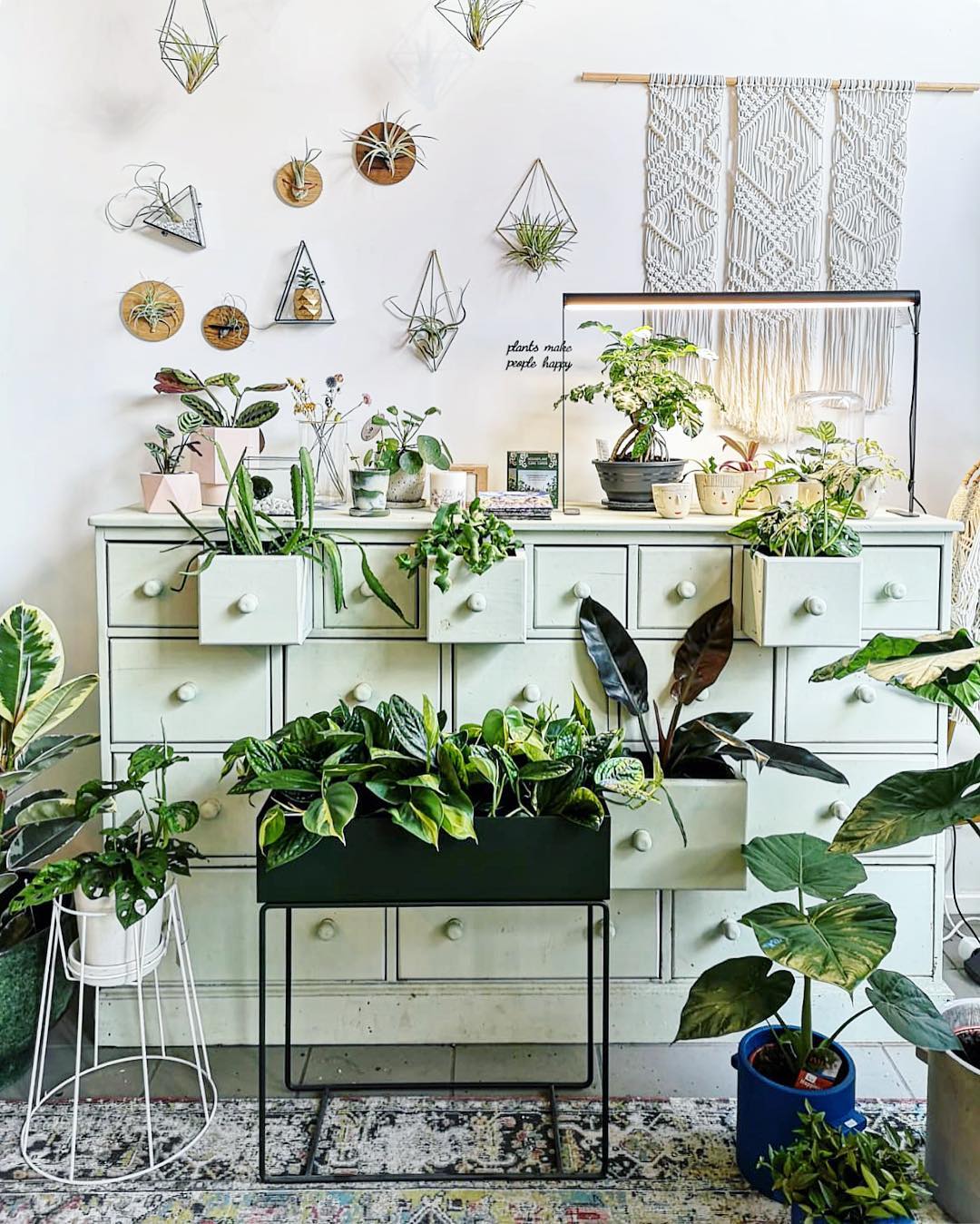Sanseveria - The Ultimate Guide
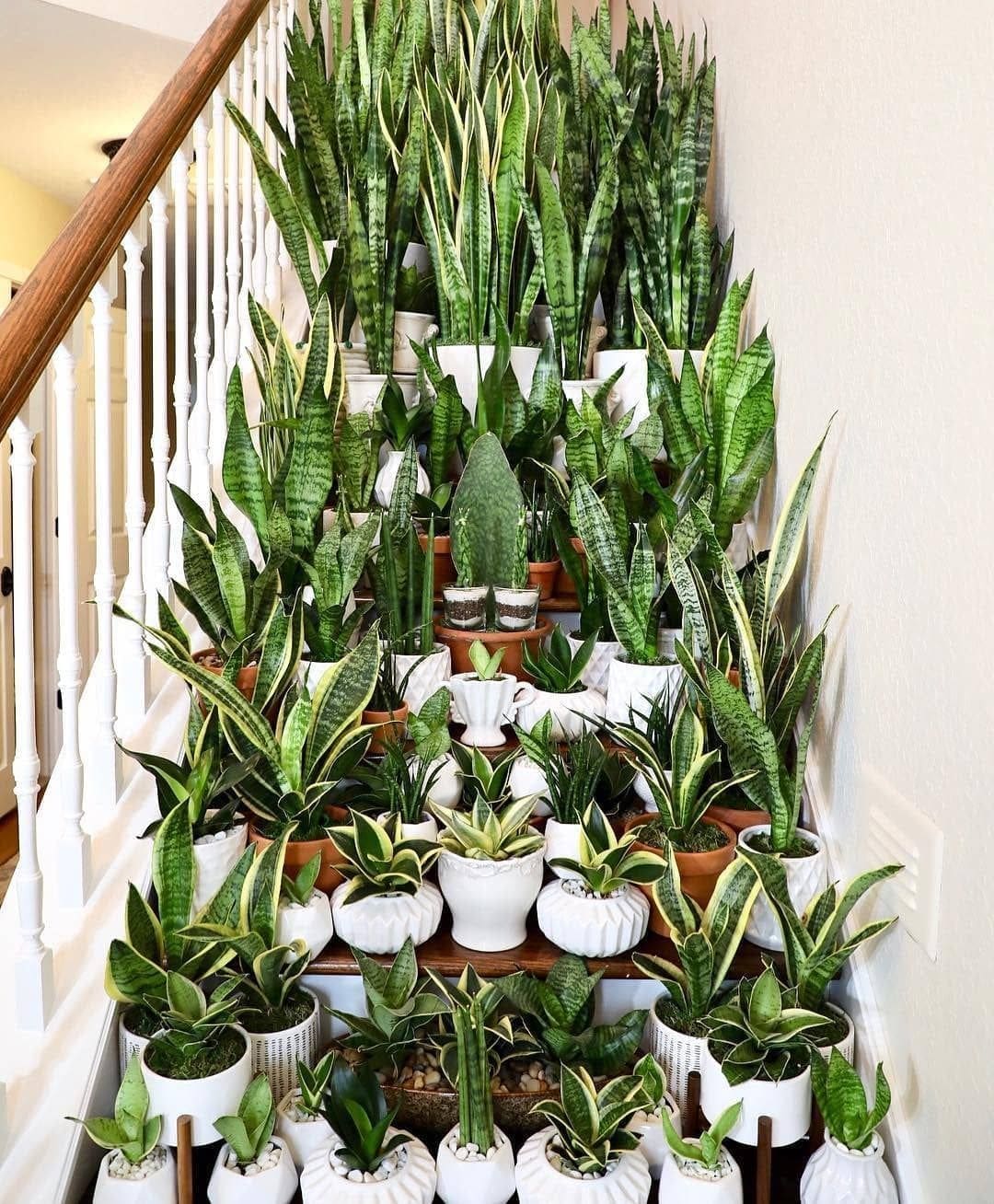
Sanseveria's, Sansevieria's or Mother-In-Law's tongues have been the favorite house plants of almost everyone for almost always. Why is that? Sanseveria's are very easy to care for and clean your air. They are therefore the perfect plant for making every interior greener. In this Ultimate Guide, we will tell you everything you need to know before you buy a Sanseveria and to care for it.
Let's go for it!

1. Fun facts
Sanseveria was named after the person who invented colored fireworks. The Sanseveria is one of the best plants to clean indoor air. According to Nasa, it's a top-notch air purifier by removing toxins such as toluene, nitrogen oxides, xylene and formaldehyde from the air. Especially people with allergies benefit from this. Putting about 9 Sanseveria's per 100 square meter cleans the air nearly completely. The Sanseveria also emits oxygen at night which is a plus for using it in your bedroom.
Sanseveria was named by the Italian botanist Vincenzo Petagna after the scientist Raimondo di Sangro which also happened to be the prince of Sanseviero (now the city Sanse Vero), hence the name. You can still visit this Italian town with the famous Cappella Sansevero which interior was designed by Raimondo. Raimondo also invented colored fireworks which may be the reason that they still have huge fireworks every may in the city and which is a legit reason as well to name a plant after a person.
Sanseveria's produce bowstring hemp, a plant fiber that was used in the past to create bowstrings. Hence it's nickname bowstring hemp.

2. Sanseveria names & types
There are no fewer than 70 species under the genus Sansevieria. Sanseveria is also called mother-in-law's tongue, snake plant, snake tongue, devil's tongue, and bowstring hemp. There are a few well-known types:
- Sansevieria trifasciata: this is the most common house plant species. So common that most people just call it Sanseveria. Because it is so popular, it has a lot of variants or cultivars. They are also often called Sanseveria Zeylanica but this is wrong.

- Sanseveria Trifasciata Laurentii: This is a cultivar or variant of the Sanseveria Trifasciata that was introduced by Emile Laurent. It looks a lot like the Sanseveria Trifasciata but wit the yellow edges, it has a lot more character.

- Sanseveria Cylindrica: a Sanseveria species with round leaves. They can grow straigh up or in a more compact formation when they are often called Sanseveria Starfish (still a Sanseveria Cylindrica though).

- Sanseveria Masoniana: a Sanseveria species originally from Congo. When its held as a single leave in a pot it looks a lot like a whale fin, hence it's nickname Sanseveria Whale Fin.

3. Taking care of your Sanseveria.
The Sanseveria is one of the easiest plants to take care of and therefore the perfect beginner plant.
| Origin | Tropical area's (thin-leaved Sanseveria's) and deserts (thick-leaved Sanseveria's) in Africa, Madagascar and southern Asia. |
| Size | Leaves up to 200 cm ( Sansevieria trifasciata ) |
| Light | Ideally bright light with sometimes sun and sometimes shade but it can live anywhere from low light to direct sun. The less light, the darker the foliage. |
| Temperature | Not colder than 5 degrees Celcius. Ideal growth between 21 and 32 °C. |
| Humidity | No specific requirements. |
| Water | Once every two weeks during summer, once every 6-8 weeks during winter. Allow the soil to dry up before rewatering. |
| Soil | Use a regular cactus and succulent mix with great draining capabilities (PH 4,5 to 8,5). |
| Food | Mix a half teaspoon of liquid food (ideally for cacti/succulents) with the water every two months. |
| Repotting | Every 3 years to a pot that is at least 20% larger than the last one. |
| Pruning | You prune your plant by cutting of leaves at the base of the leaf. |
| Flowers | Very rare (once every few decades) and happens mostly when the plant is mildly stressed for a longer period of time for example when it is rootbound. |
| Propogation | You can grow Sanseveria's from seed but because they don't flower that often, seeds are very rare. The easiest way to propagate is to divide a plant you already have in multiple plants at the roots. You can also cut a leaf in pieces of about 10cm and put it in new earth. A new plant will grow from the leave pieces but its first leaves will be smaller than with the dividing method. |
| Supports | No support needed. |

4. Problems with your plant
Apart from rather rare things like keeping your plant outside when it freezes, Sanseveria plants don't really have problems! Easy right?
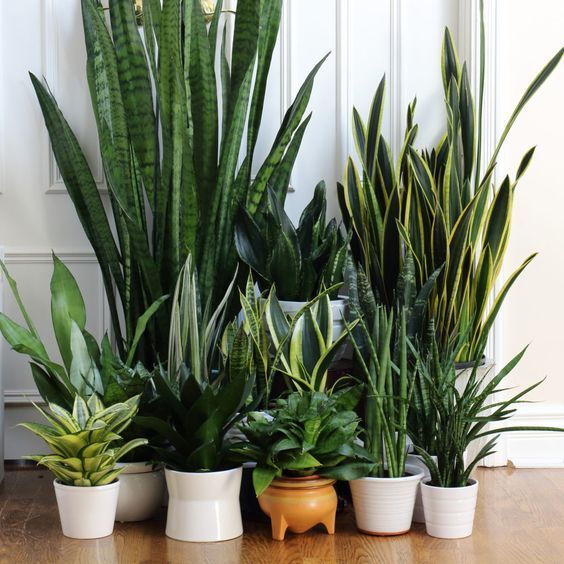
5. Impact on you and your animals
Sanseveria's are mildly toxic to your pets because of the saponins it contains. Nausea and vomiting can happen, but your pets won't try for a second time because Sanseveria's are somewhat bitter and cause a burning sensation in the mouth, just like monstera's do.
Apart from that, Sanseveria's are very good for indoor air quality as they are Nasa approved air purifiers and can be recommended for use in homes, offices and workshops.

6. Price & where to buy.
The price you pay for a Sanseveria strongly depends on how old and large the plant is that you want and which type you are buying. A young specimen can be bought already for 10 euros, while more adult Sanseveria's (over 50 cm) are starting from around 50 euros.



